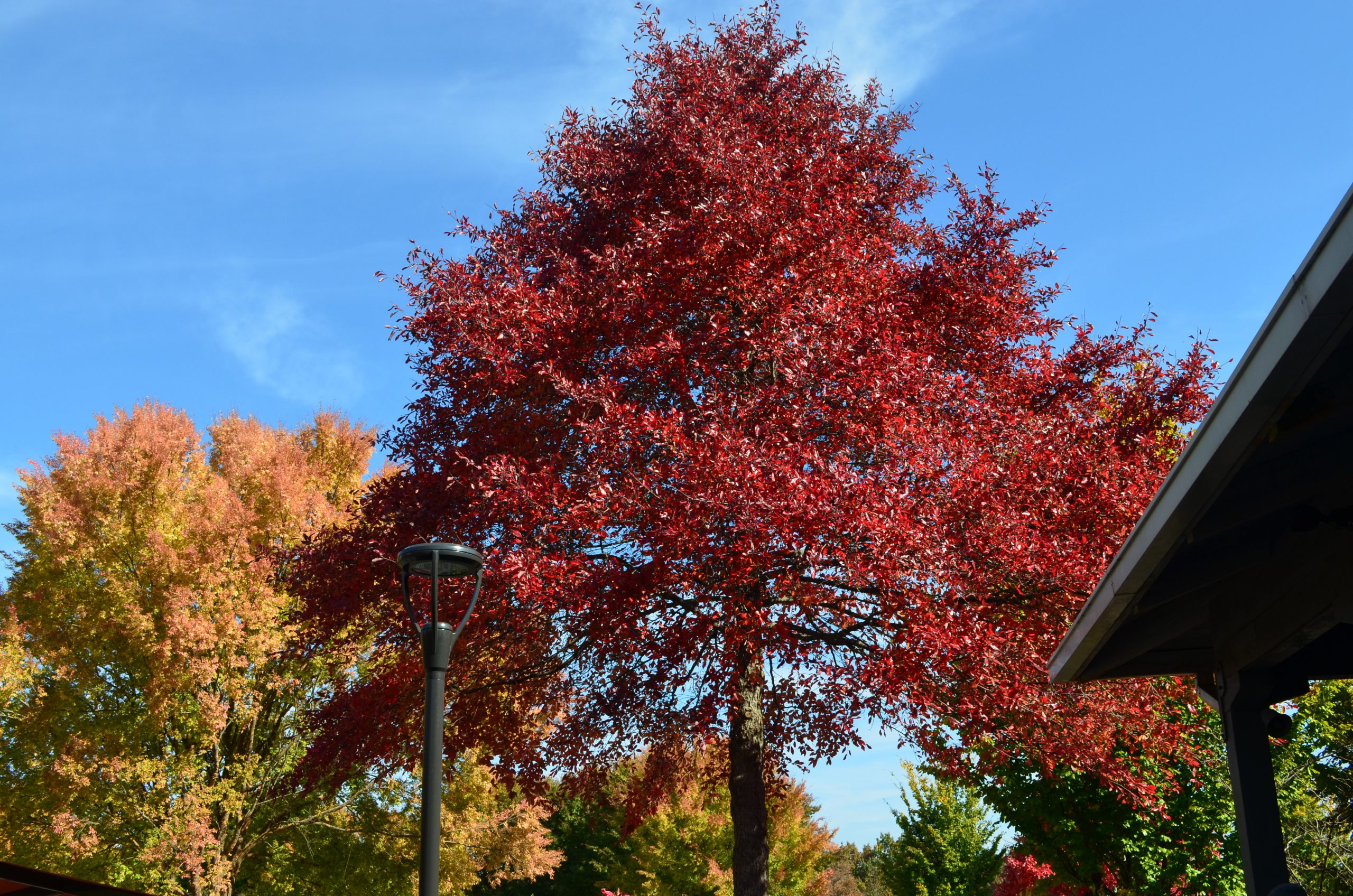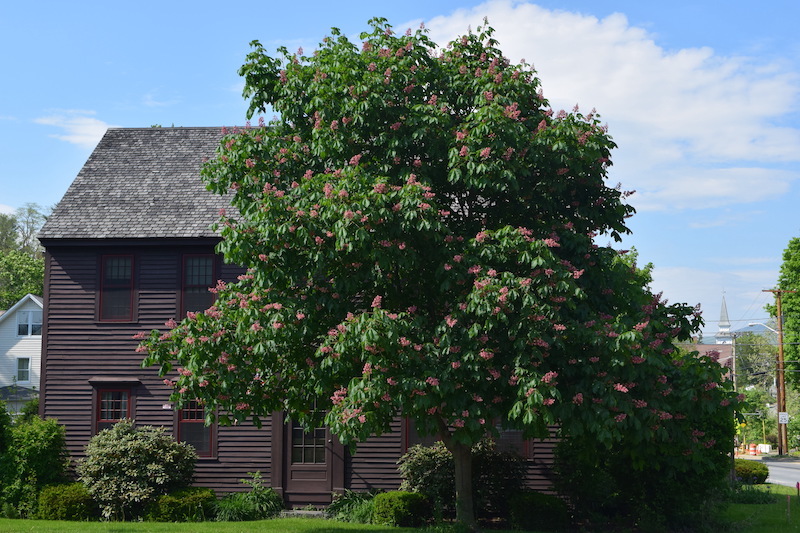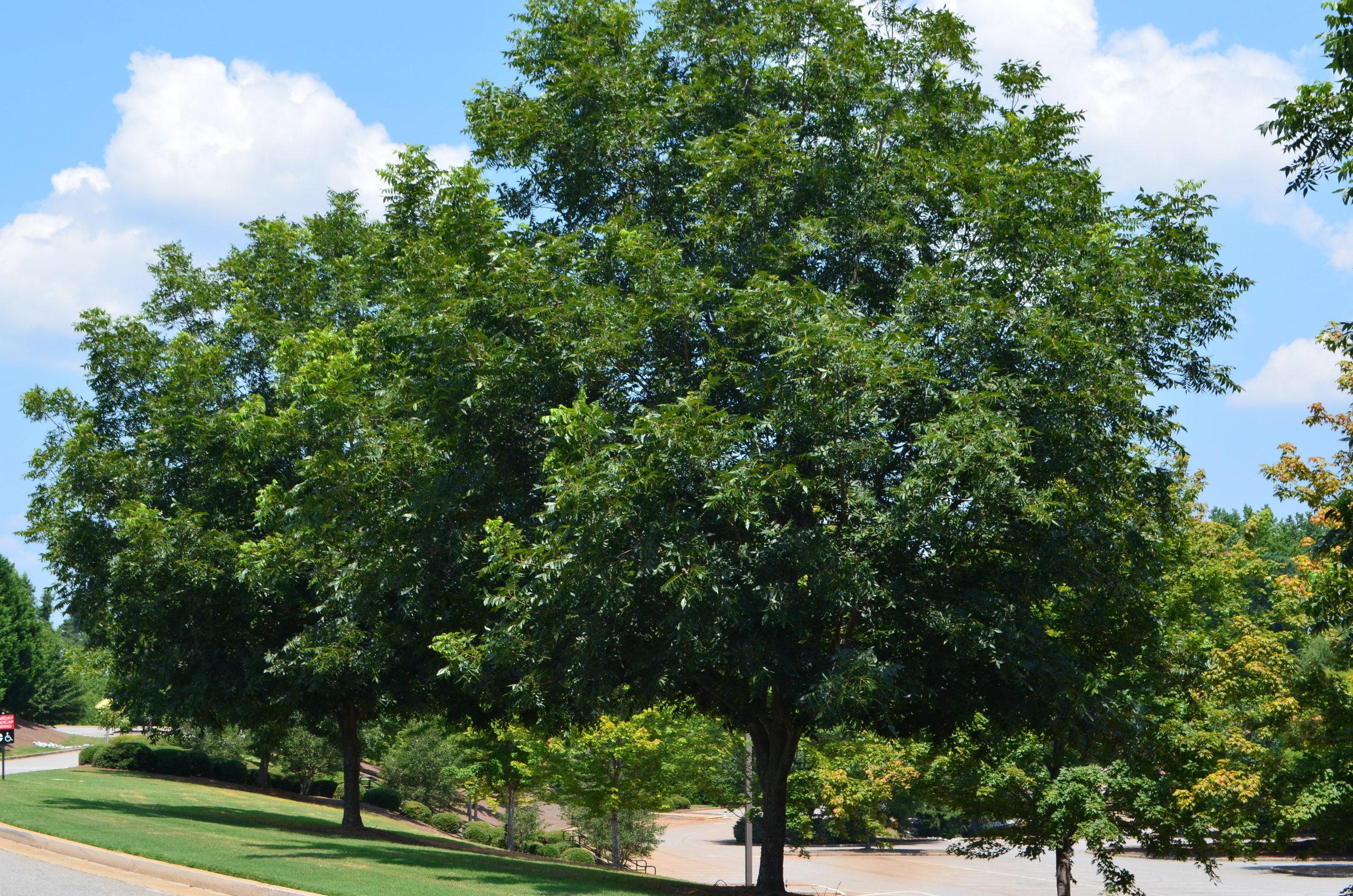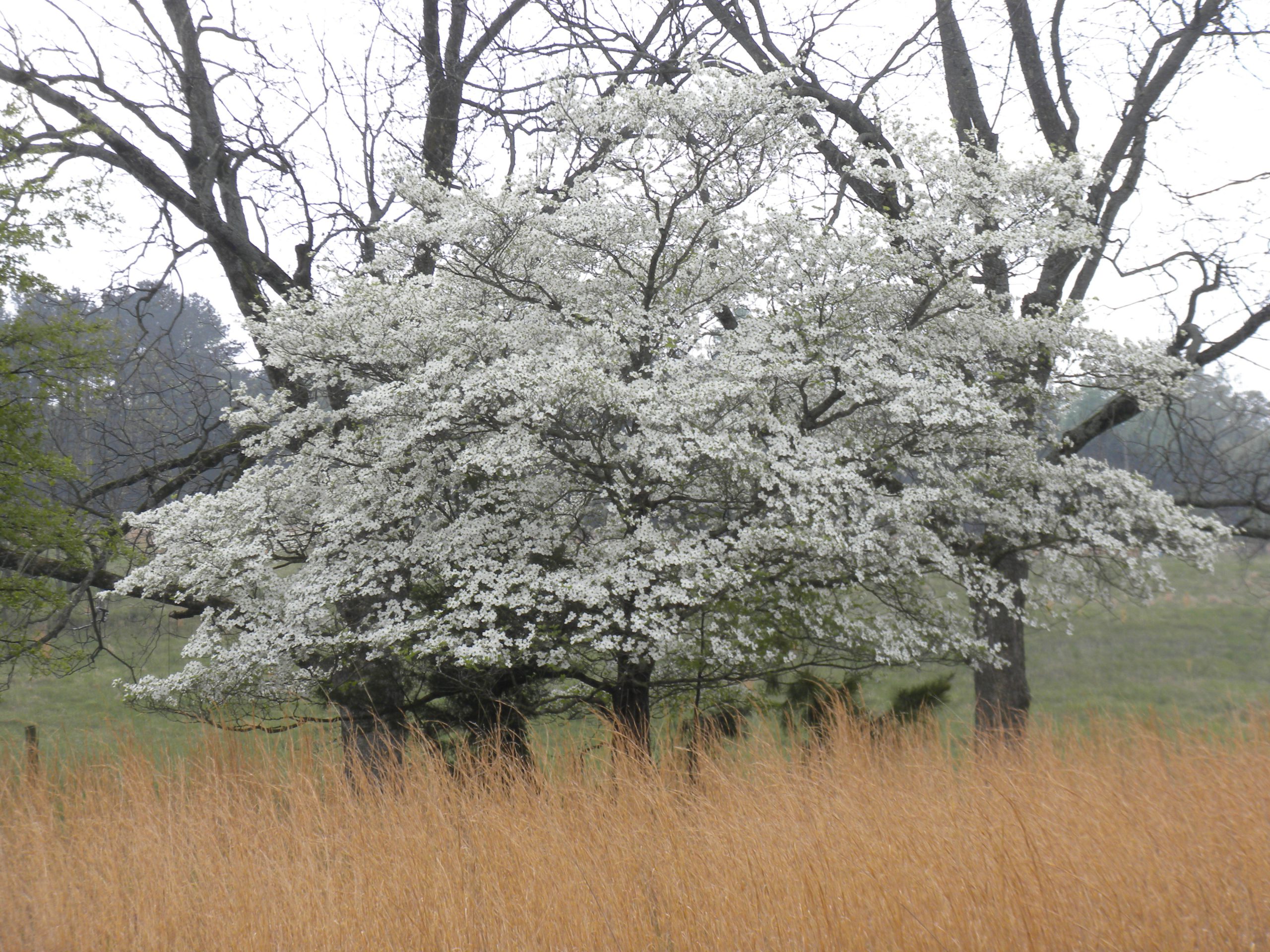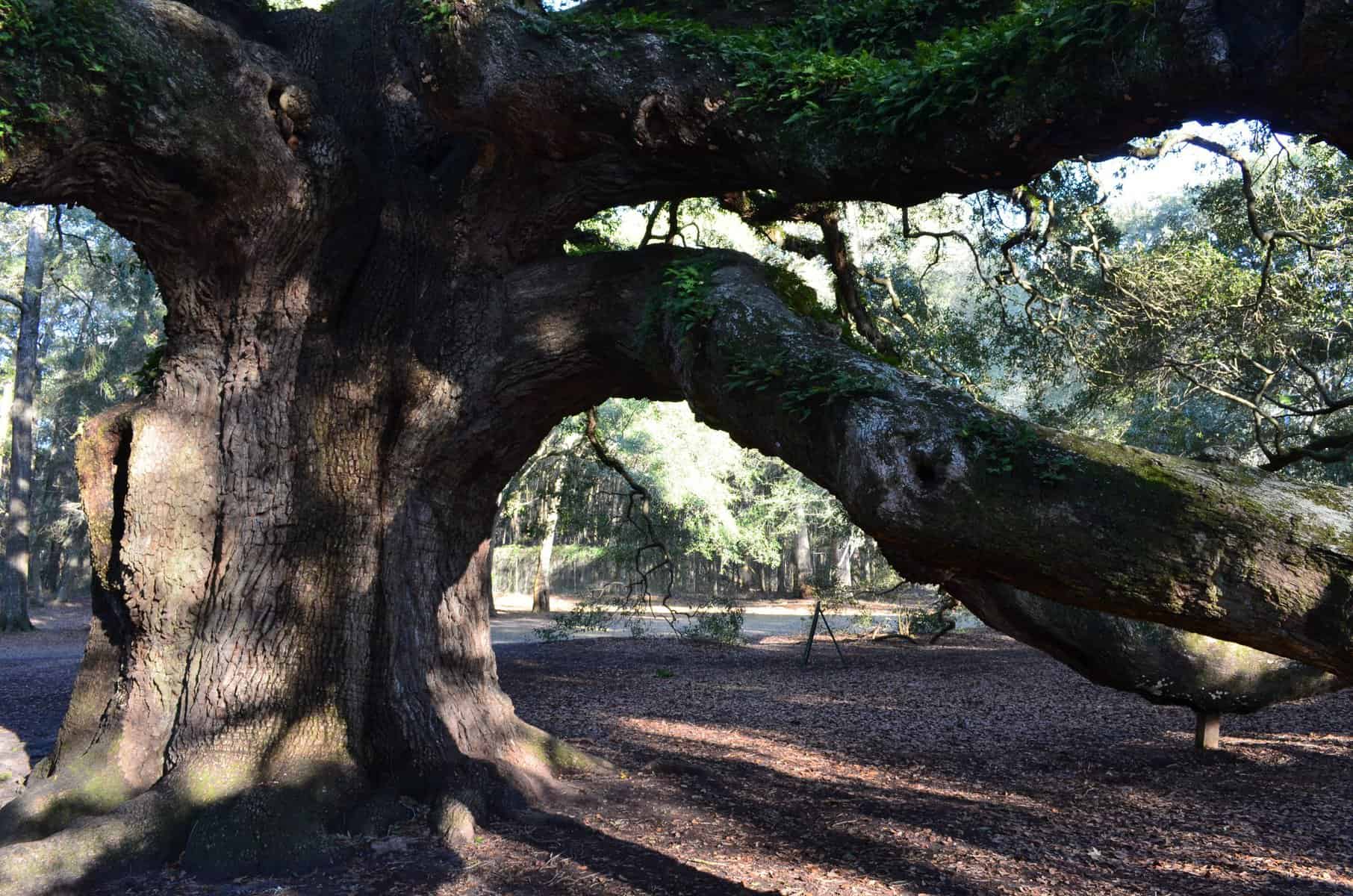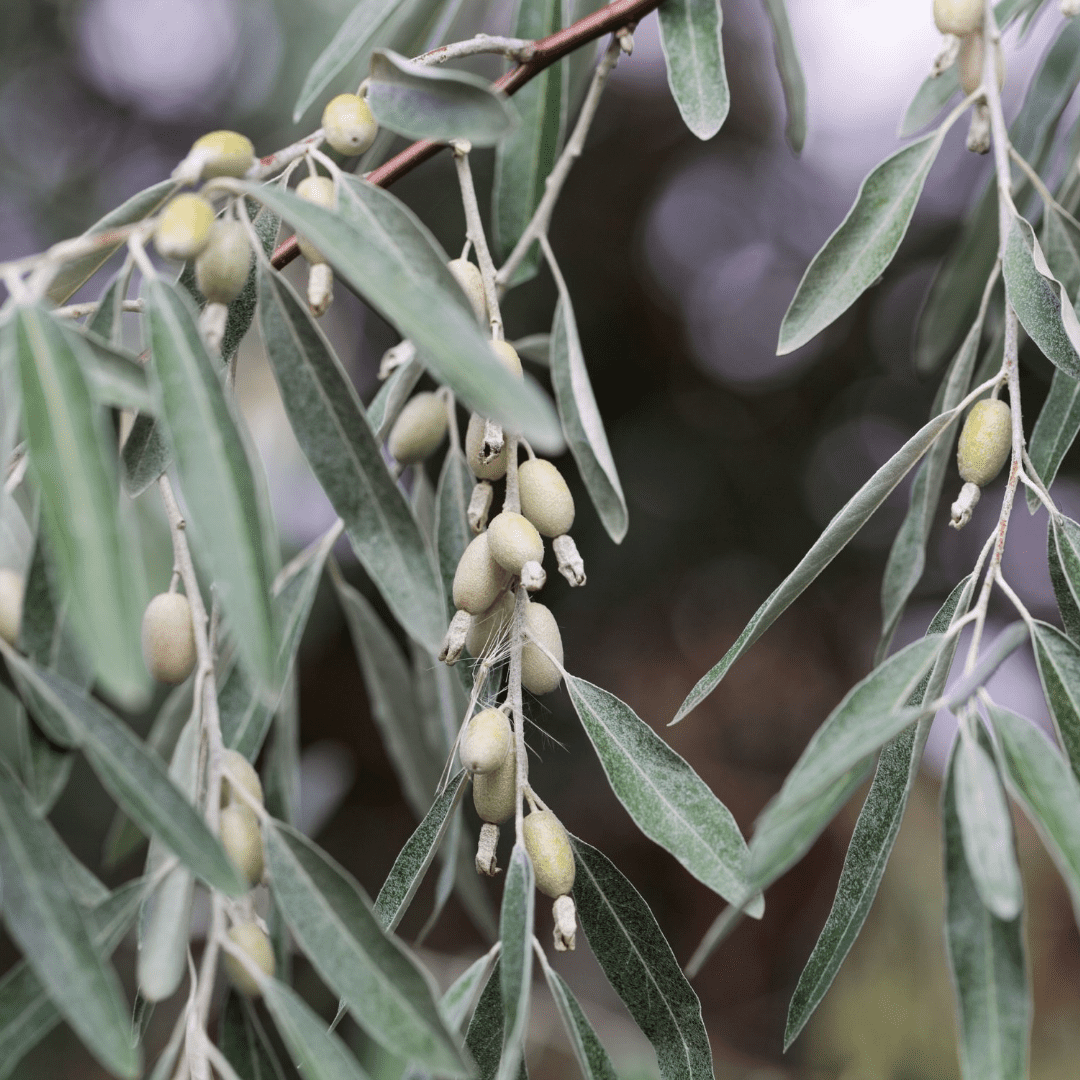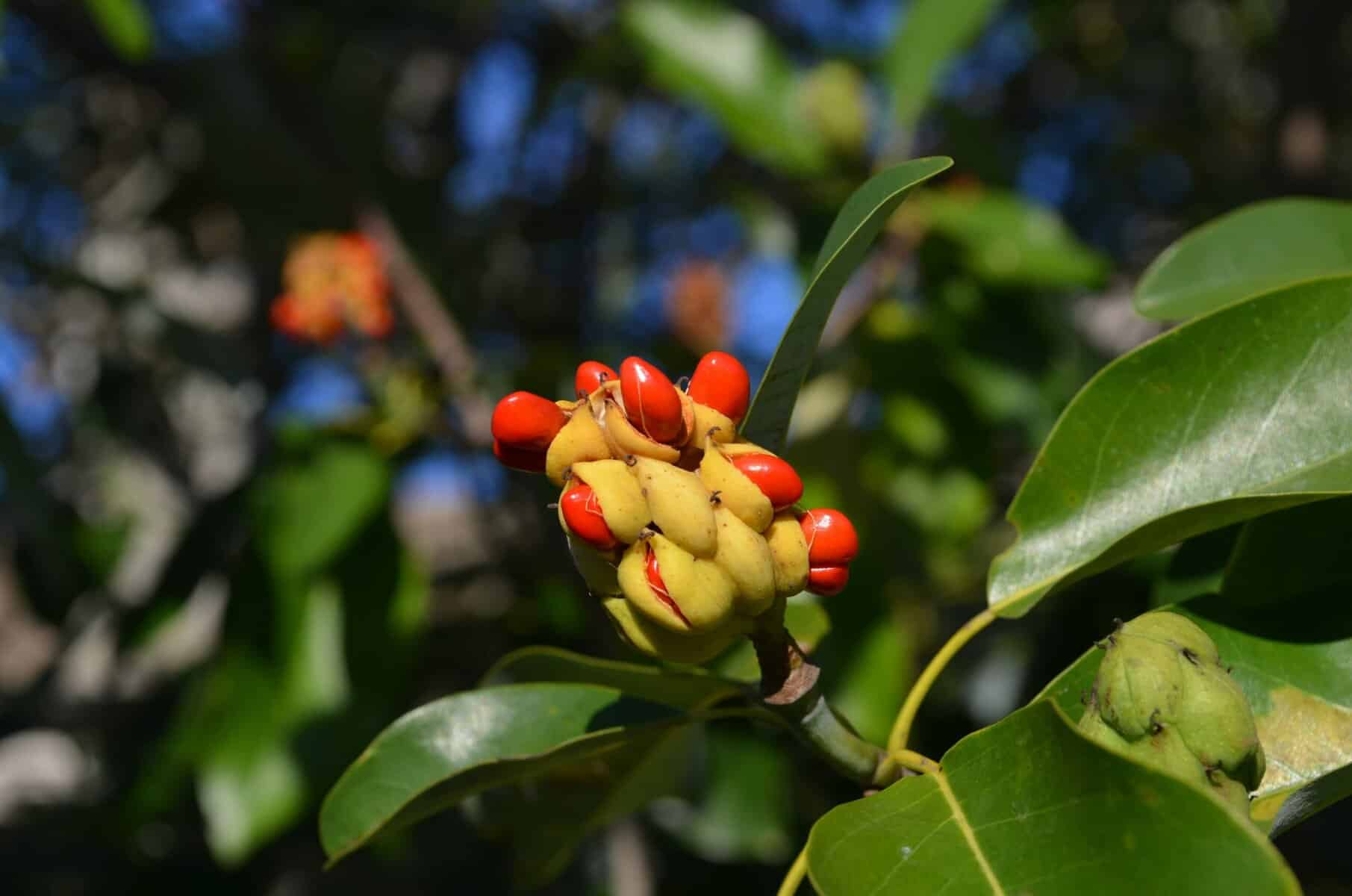
In previous tree profiles, I discussed Magnolia acuminata and M. × soulangeana and herein highlight an increasingly important landscape species, M. viginiana. It is becoming more common in contemporary landscapes because of new cultivars with smaller sizes, increased cold hardiness, and fully evergreen foliage into zone 6 landscapes. The impetus for this discussion resulted from the August 5, 2020 visit to Apalache Nursery, Turtletown, TN. The owner, Keith Kilpatrick and his son, Taylor, have been long-time friends and native tree aficionados. The nursery nestles in a beautiful, unspoiled Brigadoon-type valley with visitors only allowed every hundred years (It was the 100th year anniversary). Bonnie commented the setting was one of the most pristine places she had ever experienced (photo). Keith and son specialize in trees and shrubs grown from wild-collected local seed. Magnolia virginiana ‘Apalache’ is their cold hardy evergreen selection, leaves lustrous dark green, clothed with branches to the ground, 20 to 25’ high. The remarkable aspect of the cultivar is the consistency of habit and foliage when grown from seed (photo, ‘Apalache’). I have grown many seedlings of the species with nothing akin to the parent. In fact, a recent seedling population derived from Keltyk® yielded small- compact and loose-open habits; tiny leaves to semi- tropical foliage (photo).
Magnolia virginiana grows in moist to wet soils, often in swamps, from Massachusetts to Florida, west to Texas, and inland to Tennessee, Oklahoma and Arkansas. In Weeks Bay Wildlife National Estuarine Research Reserve, AL, trees with trunks as large as oaks grew in the swamp next to M. grandiflora and Q. michauxii.
Landscape size is in the 30 to 50’ height range; less in width. National Champion is 115’ high and 66’ wide and resides in Jefferson, FL. Trees are single to multiple trunked, gracefully pyramidal-oval in youth, broad-oval at maturity. The foliage, bright to shiny dark green, the undersides silver-white, provide refined and billowy auras, especially when buffeted by the wind. Leaves range from 3 to 8” long, one-third to one half this in width. The deciduous types may develop pretty yellow fall color. Young stems are light green and when bruised/scraped emit a sweet lemon fragrance. Bark on large trunks is smooth, gray, and similar to beech bark.
Flowers appear in April in zone 8; a tree at the Coastal Maine Botanical Garden, Boothbay, ME, is flowering in October. Flowers develop on old and new growth of the season for several months. Each glistening white, 2 to 3” (4”) diameter, exceedingly fragrant, composed of 9 to 12 tepals (petals and sepals similar in shape and size). The knobby 2” long and wide fruits turn dark red, the red seeds emerging from the follicles on a slender silver thread. Seeds can be collected at this stage, soaked in water, the pulp removed, placed in moist medium in plastic bags, and cold stratified for 2 to 3 months. Seeds often germinate during the cold period; the white root radicles evident. Remove and transplant to suitable germination media.
The species, although native to swamps, will tolerate drier soils, especially once established. I observed chlorosis on plants in the Midwest. A pH range of 5.5 to, shouldering on 7, is suitable. Trees are produced in containers and balled and burlapped. Growth is fast, especially young seedling trees, which easily reach 6’ and more in a season. As a single specimen it develops into a pretty tree. Useful as a patio or large container element. I noticed groupings and rows of trees for screening. On the Georgia campus it has been used to shadow and soften blank-walled buildings. During nursery visits, increased production is evident as the landscape architecture profession has embraced the species for multiple uses.
Most exciting is the number of cultivars introduced in the 21st century. I have grown/observed the following.
Emerald Tower® (‘JN8’) is upright, more compact, with glossy green foliage. 20’ by 8’. Ray Jackson introduction, Tennessee.
Green Mile™ (‘MVHH’) develops a graceful pyramidal habit with long narrow shiny dark green semi-evergreen to evergreen foliage. Size 35’ by 15’. Selected by Alex Neubauer, Hidden Hollow Nursery, TN.
‘Green Shadow’ was fully evergreen after exposure to -20°F. Named by Don Shadow, Winchester, TN. 30 to 40’ high to 20’ wide.
‘Henry Hicks’ is one of the earliest hardy evergreen selections. I have grown it in the Georgia garden and although evergreen, it has been a slow mover. Estimate 30 to 40’ high; 20 to 30’ wide.
Keltyk® ( ‘MVMTF’) has smaller foliage, more compact habit and is completely evergreen, 20 to 30’ high, less in spread. I love this selection. More refined in foliage and habit. Introduced by Moon Tree Farm, GA.
Moonglow® (‘Jim Wilson’) is a larger, loose-growing selection with dark green, semi-evergreen foliage. Matures at 35 to 40’ by 15 to 18’. Survived -28°F without injury. Beautiful plant and widely available in commerce.
‘Northern Belle’ sports darker green leaves then Moonglow® and survived -35°F. 25’ high by 8 to 10’ wide.
‘Santa Rosa’ has the largest evergreen leaves of any cultivar. Selected from a Florida seed source so best in zones (6)7 to 9. More wide spreading than others. 25’ by 20’.

